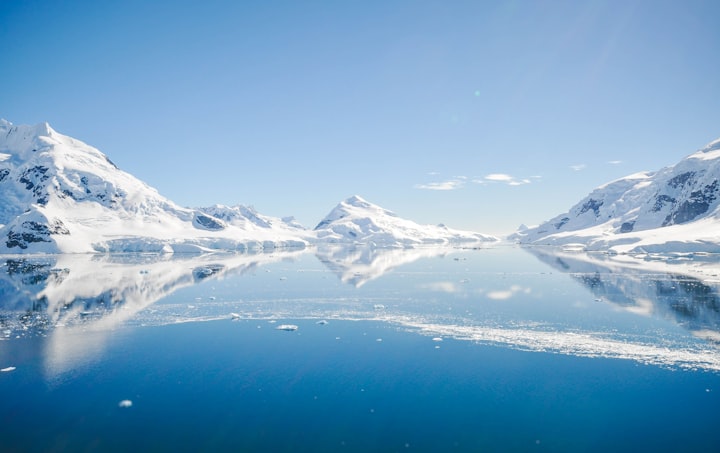Japan Initiates Release if Treated Radioactive Water into Pacific Ocean
Environmental and International Concerns

In a decision that has sparked controversy and international backlash, Japan has commenced the release of treated radioactive water from the Fukushima nuclear power plant into the Pacific Ocean, twelve years after the catastrophic disaster. The move has drawn criticism from China and has led to protests in South Korea. The International Atomic Energy Agency (IAEA) granted Japan approval in July to proceed with the water release. While Japan assures the safety of the treated water, environmental activists remain concerned about potential consequences that have not been fully researched, particularly in relation to seafood contamination and human health risks.
The Fukushima Disaster

The need for this water release traces back to the Tohoku earthquake and tsunami in 2011, which triggered a meltdown in three reactors at the Fukushima nuclear power plant. To cool the melted fuel, seawater was used, resulting in over 1.3 million tonnes of contaminated water accumulating at the plant. Despite the plant's shutdown, the need for ongoing cooling of reactor cores led to the continuous accrual of wastewater. Presently, over 350 million gallons of water are stored in more than 1,000 tanks on-site, nearing capacity and necessitating the release of the treated water.
Reasons for Release: A Dual Approach
The decision to release treated radioactive water serves two significant purposes. Primarily, the release helps manage the ballooning costs incurred by the Japanese government due to ongoing cooling efforts and disaster response. As of March 2022, over S$112 billion had been spent on responding to the Fukushima disaster, accounting for more than half of the government's 2016 estimated budget. Secondly, the release addresses capacity constraints; with the plant unable to accommodate additional storage tanks, releasing the treated water becomes a necessity.
Safety Concerns and Controversy
Japan's assurance of safety is grounded in the approval from IAEA, which stated that the release adheres to international safety standards and poses negligible radiological impacts. Tokyo Electric Power Co (Tepco), the plant operator, has been filtering the water with advanced technology capable of eliminating 62 radioactive elements, except for tritium. While tritium is relatively harmless on the skin's surface, ingestion at higher levels can elevate cancer risks. Despite these reassurances, Greenpeace International has raised concerns about insufficient radiological risk assessment and ignored biological impacts.
International Responses: China and South Korea


The release has ignited varied reactions, with China leading the criticism. China deemed the move "selfish" and imposed a blanket ban on seafood imports from Japan. Chinese state media shared a 2021 study projecting traces of tritium reaching Chinese waters within eight months. Panic-buying of salt erupted in China, fueled by fears over water contamination. In contrast, South Korea evaluated the release plan as scientifically sound but urged Japan to maintain transparency. Nonetheless, protests emerged in Seoul, leading to arrests and banners condemning the release.
A Polarishing Decision
Japan's decision to release treated radioactive water into the Pacific Ocean remains polarising, with environmental concerns intersecting international relations. As the discharge unfolds, attention turns to the actual impact on marine life, food safety, and potential diplomatic repercussions. While Japan contends that it is acting responsibly, the controversy surrounding the Fukushima disaster continues to remind the world of the delicate balance between technology, safety, and environmental stewardship.






Comments
There are no comments for this story
Be the first to respond and start the conversation.